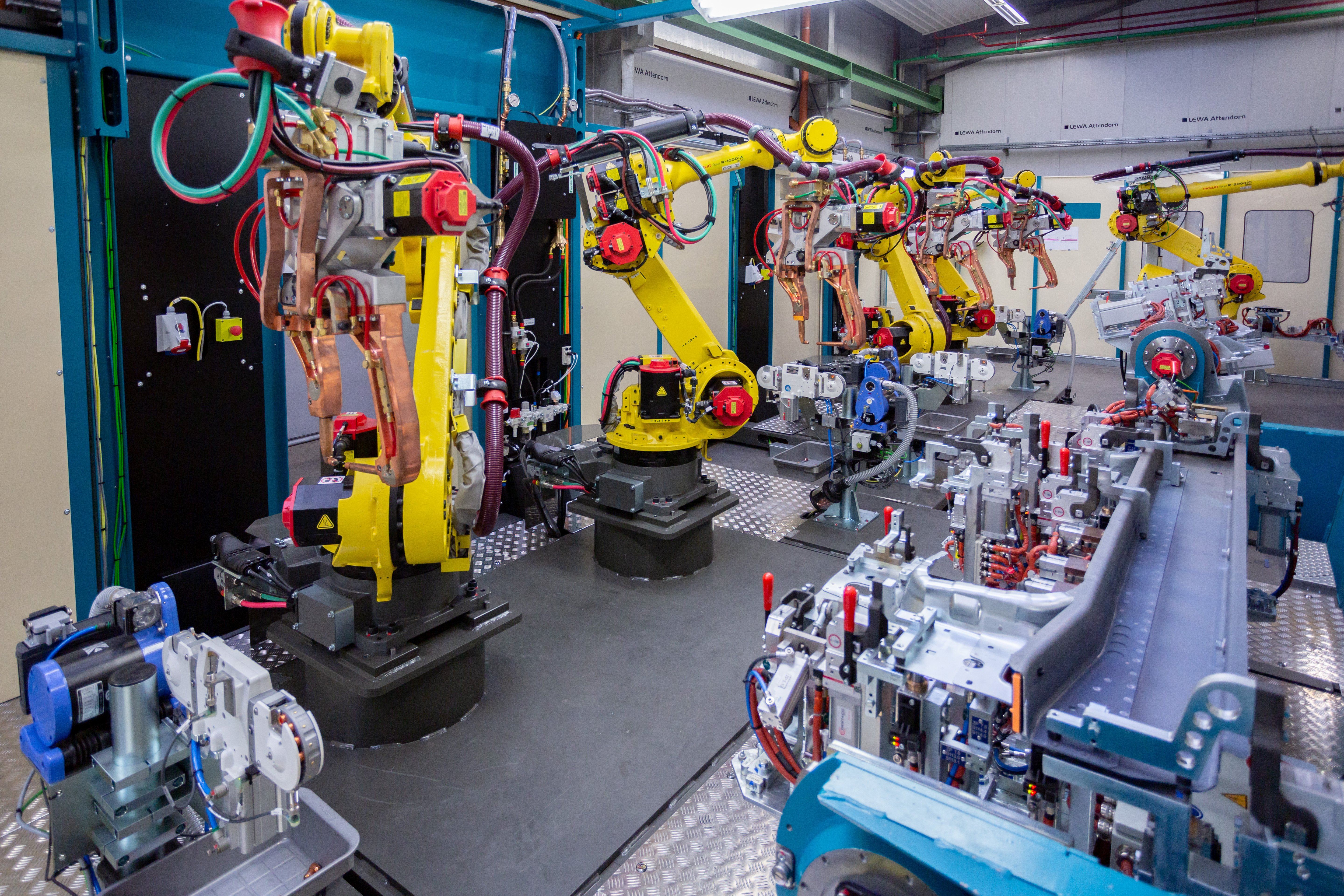LEWA Attendorn Blog
3 tips on how I can directly reduce costs in purchasing
- Blog
- 3 tips on how I can directly reduce costs in purchasing
For most companies, reducing purchasing costs is one of the most powerful levers of all - after all, savings in purchasing can add almost 1:1 to profits if done right. However, if you try to save too aggressively, you may succumb to the infamous López effect. We shed light on how to reduce purchasing costs and still keep the balance between price and quality.
Purchasing has a huge share in the turnover of most companies. How big this share is is difficult to quantify and varies from industry to industry, even from company to company. In most cases, purchasing costs account for between 35 and 50 percent of a company's total sales in the manufacturing sector.
 In mechanical and plant engineering, purchasing costs are assumed to account for approximately 50% of sales
In mechanical and plant engineering, purchasing costs are assumed to account for approximately 50% of sales
Particularly interesting: When trying to reduce purchasing costs, it is not only a question of sometimes huge sums of money, but also of money that (at least theoretically) can be redirected 1:1 into the company's profit. Often, sales and purchasing costs are far higher than a company's net profit, which means that even 5- or 10-percent savings in purchasing can lead to 15-, 20- or even 25-percent increases in profit.
However, it is easier said than done to actually reduce purchasing costs noticeably. Materials procurement is a tightrope walk between low prices and satisfactory quality. Especially in automotive engineering, a lack of quality can be really dangerous, as José Ignacio López demonstrated in the 1980s - but more on that later. First, let's look at the possible levers in purchasing.
#1: Whoever says A does not have to say B or C
In procurement management, a distinction is made between so-called A, B and C goods.
-
A-goods are comparatively few in number, but they account for the majority of purchasing costs. They account for around 70 to 80 percent of purchasing expenditure.
- The term B-goods, on the other hand, describes goods that belong not only to the high-price segment but also to the medium-price segment. These are medium-priced goods, but they are also only responsible for a medium amount of purchasing costs.
-
C-goods, on the other hand, are goods that are purchased in (very) high numbers but account for only a very small portion of the purchasing costs. These can be, for example, screws or office supplies.
It doesn´t make much sense to invest time and energy in optimizing the costs of C-goods - even if you can negotiate a better purchase price for some or many of the C-goods, this will hardly be reflected in the expenses. So instead, they should do everything they can to achieve savings on the A goods. Even small percentage savings can have a strong leverage effect on A-goods.
#2: Expensive does not mean more expensive
You may be thinking about getting rid of a supplier because they are particularly expensive. Maybe there are even suppliers you have not even given a chance because they seemed too expensive - but only at first glance.
Purchasing costs do not only consist of the purchase price. The additional costs can easily make up a fifth of the total purchase costs: Incoming inspections and complaints, possible returns, delivery and customs charges, assembly costs and so on also need to be taken into account. As a result, companies sometimes miss out on savings because they exclude suppliers who are perceived to be high-priced from the supplier pool. But what happens if, thanks to outstanding quality, absolute adherence to delivery dates, great flexibility or good delivery conditions, they are actually much cheaper than the only apparently cheaper competition?
#3: Maverick Buying can be reflected in the costs
Depending upon enterprise structure and guidance authority of the individual departments the so-called Maverick Buying is in many companies at the agenda. In the procurement management one speaks of Maverick Buying, if individual persons or departments organize purchases outside of the fixed procurement routes. In cases with high urgency (disturbances and machine breakdowns) this can be perhaps unavoidable - pronounced Maverick Buying is reflected however in the expenditures in not insignificant measure: Better conditions, which could obtain the purchase under circumstances already with certain suppliers, are then excluded and persons with smaller negotiation authority buy at higher prices.
 Are operating resources inadequately planned or are there perhaps no short-term solutions for emergencies? Is there a lack of internal communication?
Are operating resources inadequately planned or are there perhaps no short-term solutions for emergencies? Is there a lack of internal communication?
The main issue in this complex problem is to find out why Maverick Buying is being practiced in the first place. The possible reasons are versatile - but fortunately, so are the possible solutions.
For all the love of saving money: The López effect has no place in the automotive industry
Granted: The term López effect originated in the automotive industry - but that is precisely why it should no longer have a place there today. José Ignacio López de Arriortúa held senior sales positions at General Motors, Opel and Volkswagen. There he made a name for himself with an extremely tough line of negotiation, but some time later he also became as notorious as he was famous.
López's unconditional will to cut costs led to a decline in quality and, ultimately, costly repairs for customers. You see: There is a fine line between the best possible purchasing conditions and the highest possible quality, but in case of doubt, you are well advised to spend a little more for better quality than the other way round. Not only will your customers thank you for this, but so will your brand.
Conclusion
It is hard to overestimate the role that purchasing plays in a company's success. Comparatively simple steps can often reduce purchasing costs by a considerable amount. Fortunately, there are many levers you can turn - we have presented three of these levers in this article.
At the same time, however, you should always keep in mind that it makes little sense to compromise, at least when it comes to the quality of the purchased materials, machines and equipment. If you focus on quality, you pay into the brand longterm, that could be even more worthwhile than reduced purchasing costs.



